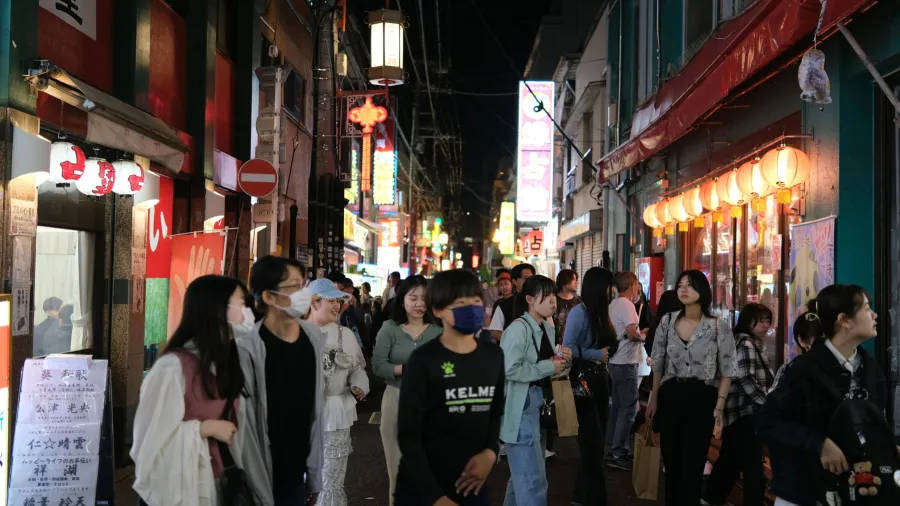
APAC's retail share to reach 40% by 2028
Key demographic shifts are driving this growth.
Asia Pacific is projected to account for 40% of global retail sales by 2028, according to Euromonitor International. In 2023, the region accounted for 37% of global retail sales.
Key demographic shifts are driving this growth, including the expansion of the middle class, rapid urbanisation, and increased internet connectivity.
From 2013 to 2023, the share of middle-class households in Asia Pacific grew from 18% to 28%, fueling demand in both developed and emerging markets. This growing consumer base has led to a retail sales boom, especially in developing economies where disposable incomes are rising.
Urbanisation has shifted Asia Pacific from a rural majority to a majority urban population, boosting the demand for modern retail formats like supermarkets and convenience stores. This shift also supports e-commerce, with cities providing the infrastructure for efficient online shopping.
Internet access has more than doubled in the region since 2013, with 61% of the population online in 2023. This surge in connectivity, driven by mobile phones, has catalysed a 630% increase in e-commerce sales, reaching $1.8t in 2023. Asia Pacific now accounts for 46% of global online retail sales, with 81% of these transactions occurring via mobile devices.
Despite rapid growth, Asia Pacific is not a one-size-fits-all market. East Asia, led by China, faces challenges from an aging population, whilst South Asia, particularly India, is seeing increased retail activity due to a growing middle class and young consumers.
Asia Pacific’s retail dominance will continue as the region benefits from strong demographics and the digital transformation of its retail sector. Whilst China remains the region’s retail powerhouse, countries like India and key Southeast Asian markets are expected to be the fastest-growing retail markets in the coming years.

















 Advertise
Advertise





